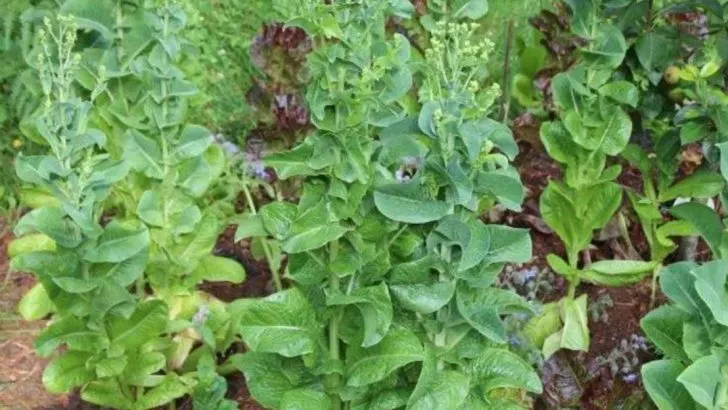Most gardeners panic when their lettuce bolts, assuming the season is over and the bed is lost. But one year, I decided to let it run its course—and what happened next completely changed how I grow.
The tall, flowering stalks not only attracted pollinators in droves, but also cast just enough shade to protect nearby seedlings during the heat. The soil stayed cooler, pests backed off, and I even got volunteer lettuce sprouting weeks later—no replanting needed.
In this article, I’ll share why letting your lettuce bolt might be the smartest “mistake” you make this season—and how it can boost biodiversity, seed savings, and overall garden resilience in ways you never expected.
A Haven for Pollinators
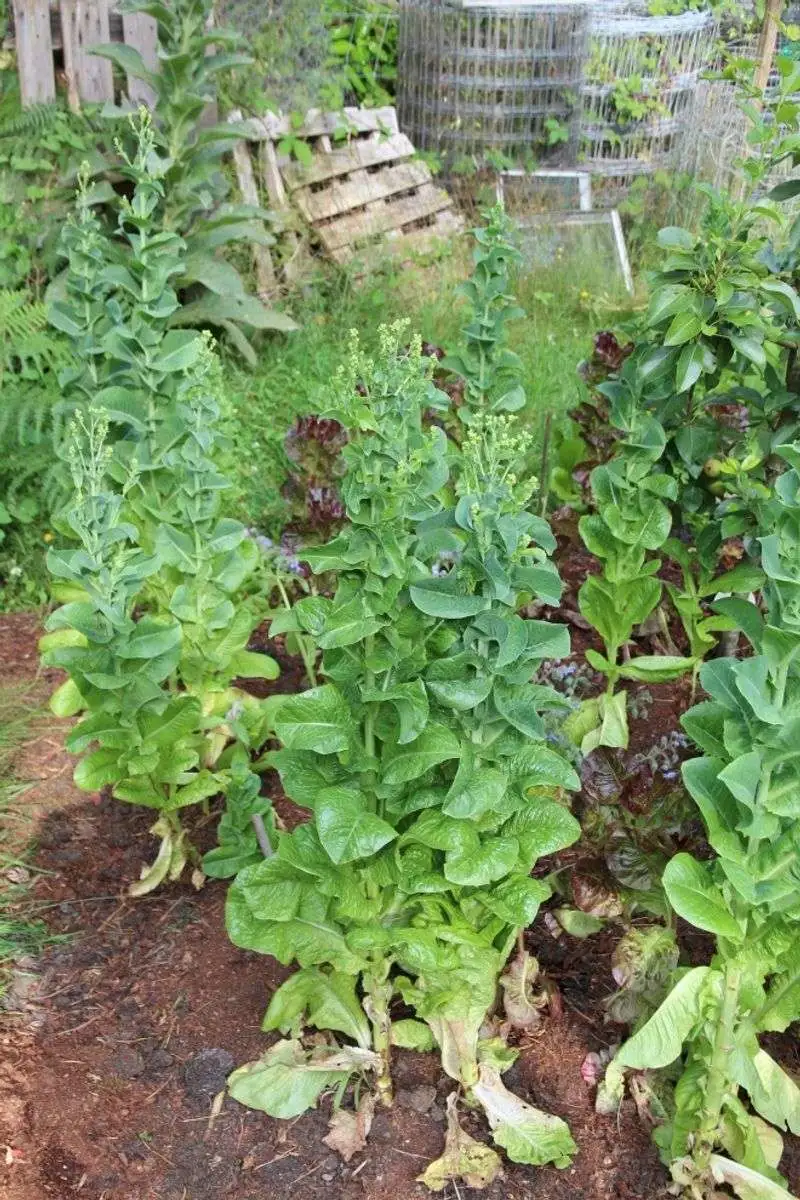
Suddenly, my garden was abuzz with life. Bees and butterflies flocked to the flowering lettuce, creating a lively spectacle. The bolting lettuce became a central hub for these crucial pollinators, enhancing the vitality of my entire garden ecosystem. It’s fascinating how a simple decision to let lettuce flower can contribute to biodiversity. By welcoming pollinators, my garden’s productivity increased, supporting other plants as well. This symbiotic relationship highlighted the importance of letting nature take its course, allowing the garden to flourish in unexpected ways.
Natural Shade Provider
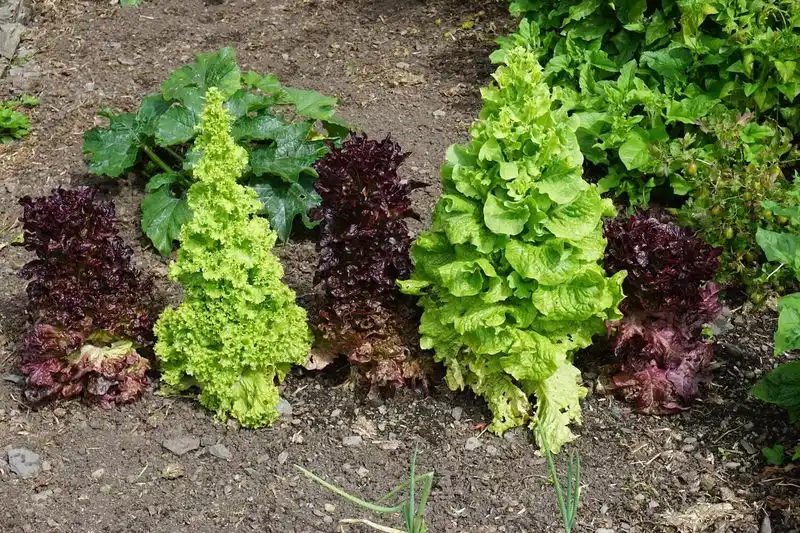
As the lettuce grew taller, it began providing much-needed shade to the more delicate plants beneath. This natural canopy offered protection from the harsh afternoon sun. The unexpected benefit was a cooler microclimate for my shade-loving vegetables. The bolting lettuce acted like a green umbrella, shielding tender seedlings from scorching rays. This spontaneous strategy helped improve the resilience of my garden during hotter months, proving that sometimes, nature knows best when designing its own solutions.
Seed Harvesting Opportunity
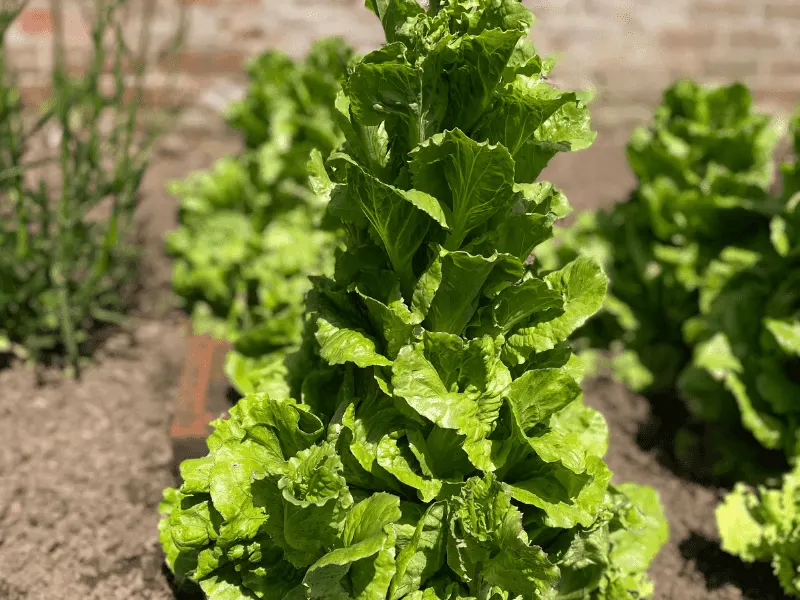
With bolting, a new opportunity sprang forth: seed harvesting. As the flowers dried, they turned into seed pods, ripe for collection. It was a rewarding process, knowing that these seeds would bring new life to next season’s garden. Seed saving from bolting lettuce allowed me to become more self-sufficient. It fostered a deeper connection with the gardening cycle. Preserving and replanting these seeds not only cut costs but also preserved the unique characteristics of my lettuce varieties.
Unexpected Beauty
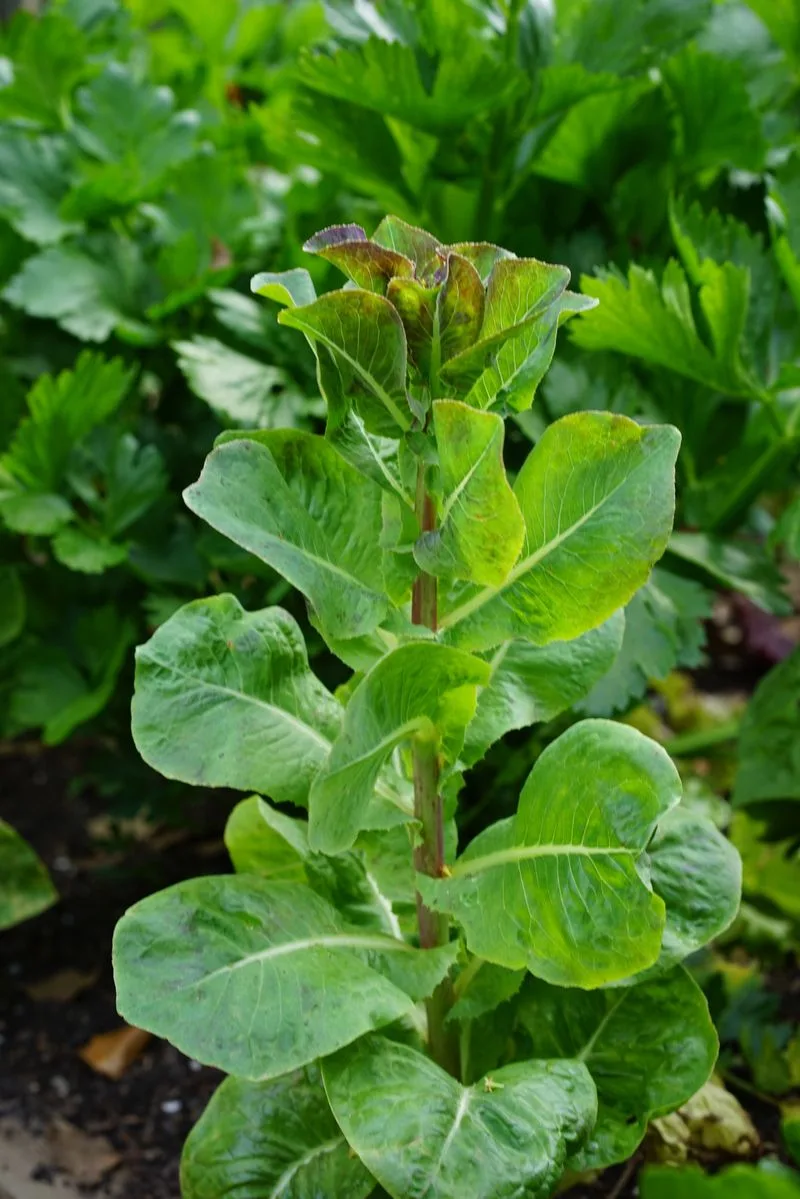
The bolting process unveiled a surprisingly beautiful transformation. Lettuce flowers, often overlooked, exhibited delicate petals and vivid hues that added a touch of elegance to the garden. This unexpected aesthetic appeal was a delight, proving that beauty can emerge from practicality. Observing the lettuce’s flowering phase provided a fresh perspective on garden aesthetics, reminding me that even the most mundane plants can surprise us with their charm. It was a gentle reminder of nature’s artistry.
Enhanced Soil Health

Interestingly, allowing lettuce to bolt improved the soil quality. The deep roots of the lettuce aerated the soil, promoting better oxygen flow and microbial activity. This enhanced soil structure benefited neighboring plants by providing them with a more nutrient-rich environment. The bolting lettuce acted as a natural soil conditioner. Encouraging earthworms and beneficial microbes to thrive, it transformed my garden’s foundation. This subtle contribution to soil health was an unexpected yet welcome advantage.

